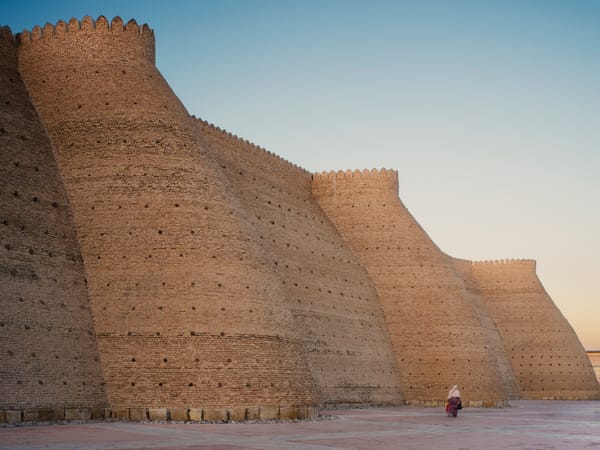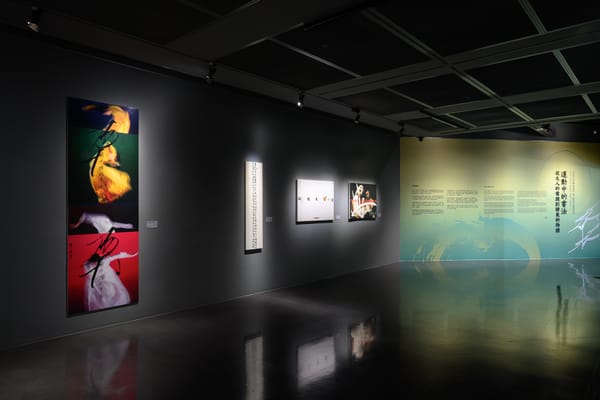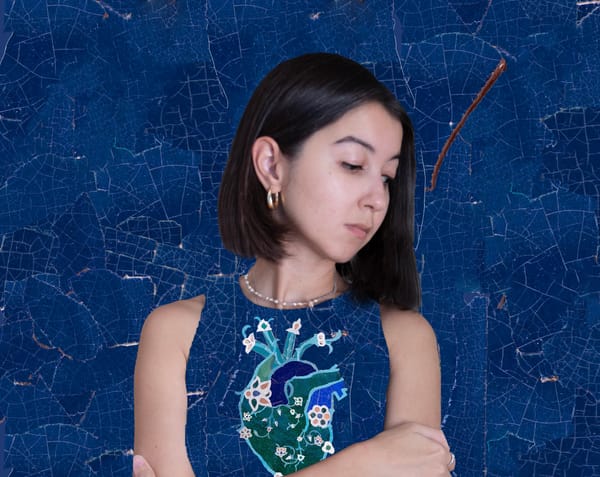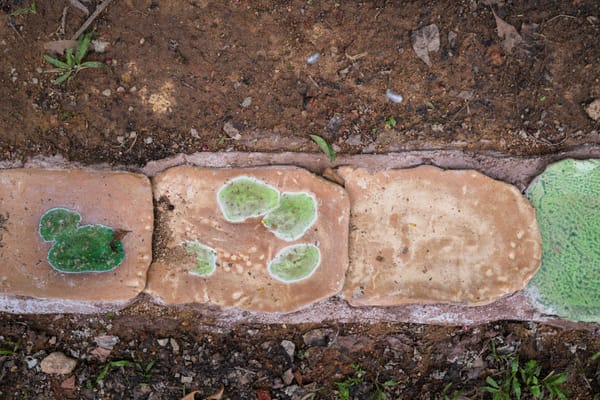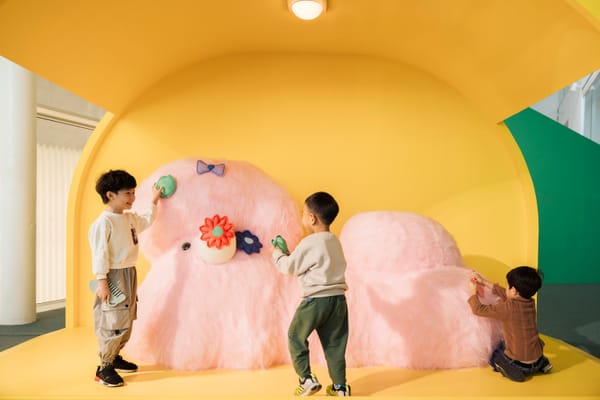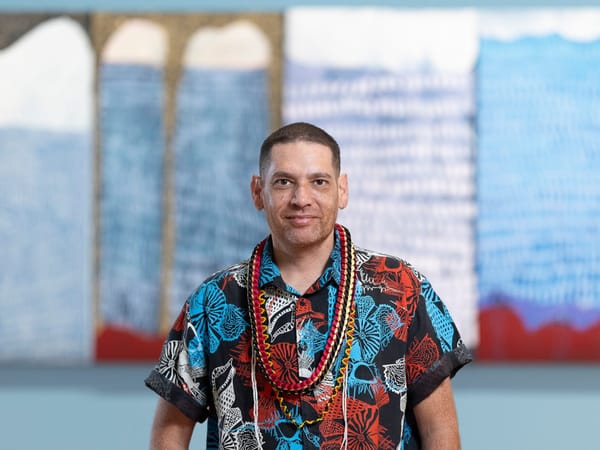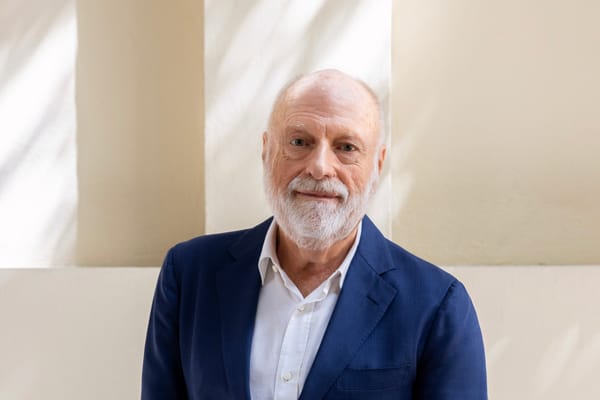People
Stillness in Motion: Interview with teamLab’s Takashi Kudo
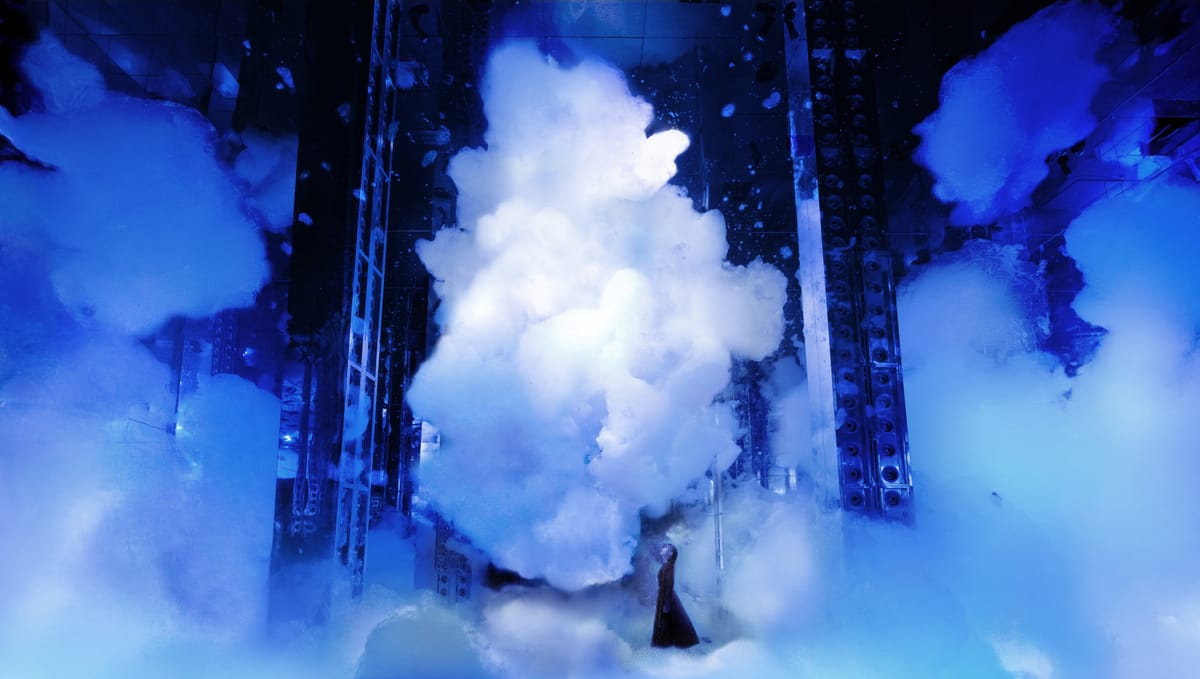
teamLab, an international collective of technologists and artists, redefines art through participatory exploration of perception and interconnectedness. Digital cascades of light, blooming flora, and rippling underwater galaxies respond to human sentient presence, revealing the interdependent nature of reality. Recent mega-immersive projects include teamLab Phenomena Abu Dhabi, a permanent location at Abu Dhabi’s Saadiyat Cultural District that opened in April, and teamLab: A Forest Where Gods Live—which can be experienced until November at the Takeo Hot Springs, in Kyushu, Japan—often blend ancient aesthetics with cutting-edge code. All their projects invite visitors to co-create their works through our interaction with teamLab’s works. Ahead of the opening of their latest permanent museum in October, teamLab Biovortex Kyoto, its member Takashi Kudo spoke to ArtAsiaPacific about their work, which challenges us to see ourselves not as isolated, passive observers, but as integral to the art itself.

When you’re immersed in a teamLab project, such as Floating Flower Garden: Floating Flowers and I are of the Same Root, the Garden and I are One (2015– ) or The Infinite Crystal Universe (2018– ), what’s the core sensation you’re chasing? I’m particularly interested in the moment when the team’s collective concepts begin to manifest, rather than the final outcome. Can you capture that feeling in words?
Perhaps it’s helpful to explain our creative process. Once a broad concept for an artwork is established, we bring together specialized members relevant to the project to delve into the details. While teamLab’s organizational structure might appear flat initially, it’s also very multidimensional, with an underlying layer that remains fluid and open to exploration.
The overarching concepts are always defined from the start, with project goals and technical feasibility developing hand in hand. This ensures that the artwork’s purpose becomes increasingly clear as the team progresses.
In other words, it isn’t always a straightforward narrative, but more so a process of trial and error, where both the artworks and their conceptual language evolve in parallel with the act of creation. The wider concept is rooted in our ongoing explorations: seeking new relationships between humanity and the world, understanding perception through the body, and expanding how we recognize and experience reality. Ultimately, our motivation is to transform human values.
Before a work takes shape, there seems to be both a physical and conceptual void. I’m curious to know how you and the collective navigate that emptiness, and what inspires you to fill it with such incredible elements—for instance, 13,000 living orchids or cascading digital waterfalls?
As I briefly mentioned earlier, our core interest lies in immersing the audience, both mentally and physically, into our imagination, like a vision. We believe that humanity perceives the world primarily through the body.
With this in mind, we typically begin by considering the space itself before creating the work, rather than the traditional way of making a piece and then finding a place for it. To compare it to a painting on a canvas, we view the exhibition space as our canvas. If we consider your notion of “blankness,” then this three-dimensional space inherently offers a much greater degree of blankness, or emptiness. Within this blankness are our works, such as elements like flowers or flowing water, but crucially, we also integrate the audience—the largest and most uncontrollable blank space. Our deepest consideration is how to allow this blankness of the audience’s own presence to exist and how to weave it into the fabric of the work itself.
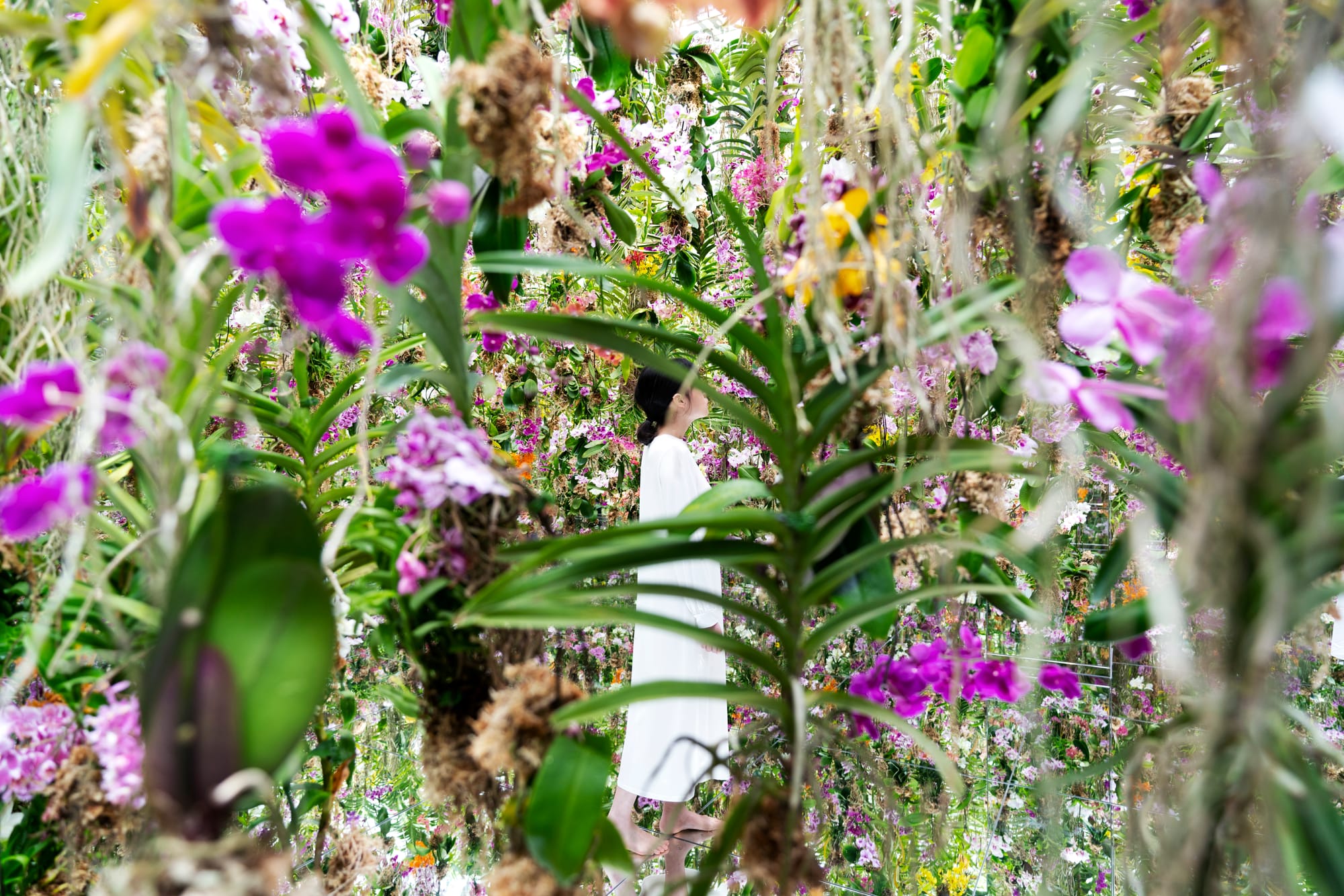

teamLab often speaks of transcending boundaries—between the self and the world, art and viewer, and nature and technology. As you shape these immersive experiences, what moment personally stands out to you when you feel those boundaries begin to blur? Is there a particular work where you felt that dissolve most vividly?
teamLab aims to explore a new relationship between humanity and nature through art. Digital technology enables us to liberate art from the physical and transcend boundaries. We see no distinction between ourselves and nature; we are interconnected, existing in a long, fragile, yet miraculous continuity of life.
Our creative motivation stems from our own interests, specifically in exploring the human experience of the world and pursuing novel relationships between people and nature.
Traditionally, artists have mediated their feelings and thoughts through physical materials. Digital technology, however, allows us to express these directly, freeing art from physical constraints and enabling artists to express these experiences more freely and directly to the audience.
Given this context, it’s more accurate to view each exhibition—like teamLab Borderless or teamLab Planets—as a single, cohesive artwork rather than focusing on individual pieces. Determining a “best” is difficult—like the way a parent finds it impossible to choose a favorite child—because we put our full effort into every exhibition.
teamLab is an enormous collaboration bringing together programmers, artists, mathematicians, all moving and working together. How do you find the rhythm within that collective spirit? What’s the unspoken element that keeps you all aligned, even in the absence of traditional hierarchical structure?
Since our founding, teamLab has operated through collaborative creation as a collective. We are a laboratory for a team, a space for experimentation and experimental creations. This “collective creation” process, in which a group produces something of higher quality, strengthens the entire team. Even if an individual isn’t directly involved in a project, their shareable knowledge can contribute, driving the group’s power through rapid knowledge creation and discovery. Our sole method of creation is within a non-hierarchical team, where the importance of a software engineer, architect, or mathematician is equally valued.
Regarding your question, what we’re dealing with is hard to articulate, much like concepts such as fun, coolness, or beauty, which resist clear definition. If forced into words, it’s simply what we call “teamLab-ness.” Those who have experienced our exhibitions likely felt it—a sense of wandering without a clear purpose, yet being deeply immersed in it.
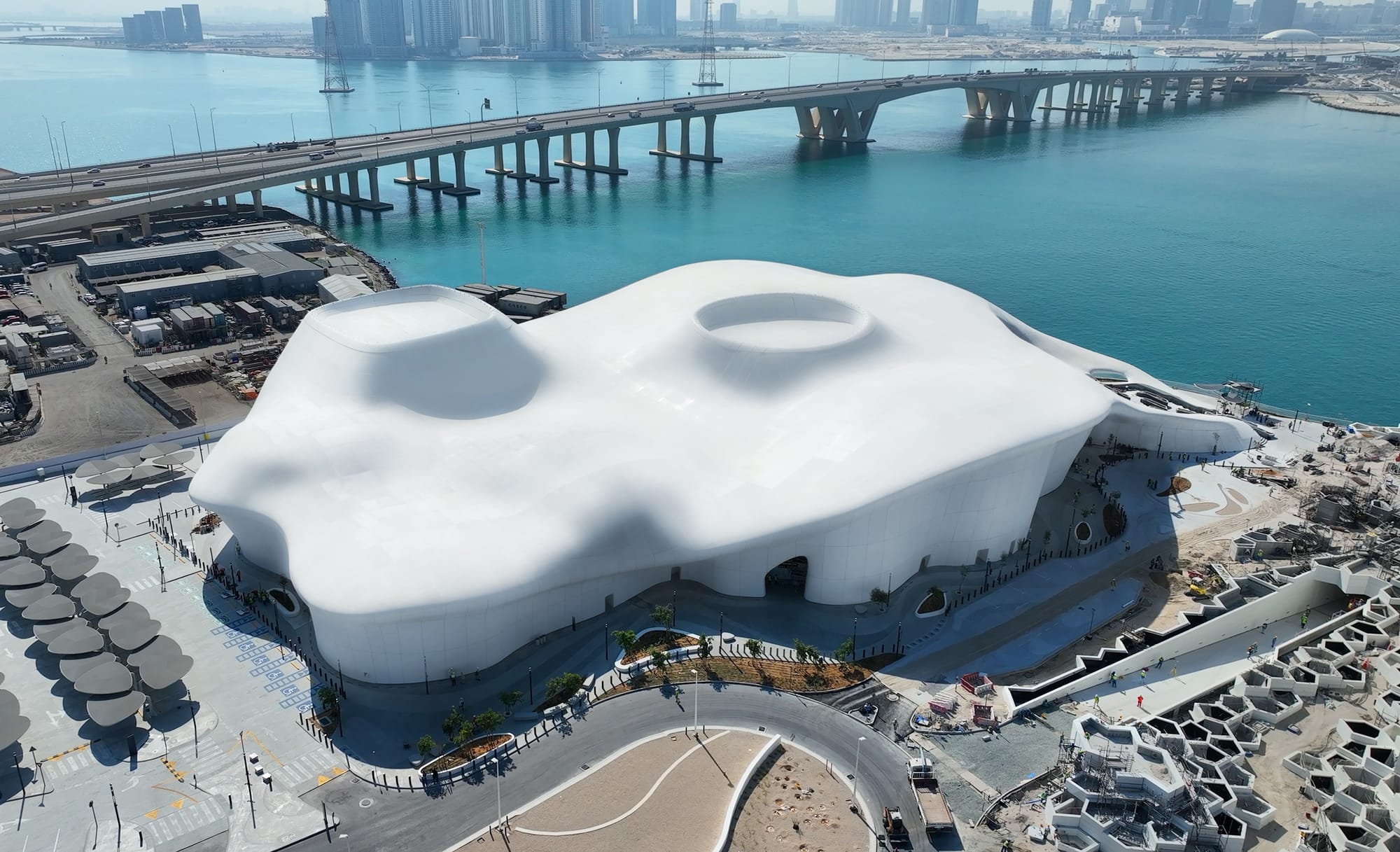
You’ve mentioned in the past that you don’t know if people will resonate with teamLab creations until they are experienced. What is it like to put something as ambitious as teamLab Phenomena Abu Dhabi into the world, carrying that uncertainty? How do you remain open to the audience’s reaction, which helps shape the work’s meaning?
To be honest, we simply continue creating what we believe in, and I feel our ability to sustain this is entirely due to our team approach. Creating inherently involves uncertainty. Despite this, our aim is to create something that offers more than just beauty or enjoyment—something that can potentially alter how people perceive and feel the world.
While we find our work beautiful, we’re also aware that it won’t resonate with everyone. In fact, if it were universally understood immediately, it might not be profound enough.
teamLab Planets in Tokyo has welcomed millions into its immersive worlds since opening in 2018. Reflecting back, what are some of the unexpected responses that emerged from people interacting with it? How has that, in turn, shaped your sense of what the work truly is?
While we aren’t always present at our exhibitions, we hope surprising things occur, especially given our interactive artworks. Unlike common interactive media where users explicitly intervene, our focus is on interactivity and linking with art, regardless of deliberate action. Art changes simply by another person’s presence; if this change is beautiful, the person’s existence becomes beautiful too.
Historically, other viewers have often been a hindrance in exhibitions. If you found yourself alone at an exhibition, you would consider yourself very lucky. We find this differs at exhibitions by teamLab; the presence of others is a positive element. Many of our artworks are influenced by people’s presence and actions, making each experience unique. We hope these experiences move visitors and offer a chance to explore themes we delve into: the relationship between the self and the world, and new perceptions through art.
Regarding your second question, it’s difficult to answer, but perhaps the most unexpected aspect has been the widespread embrace of our work. This has reinforced our desire to explore new relationships between humanity and the world, and to create spaces where more people can coexist.
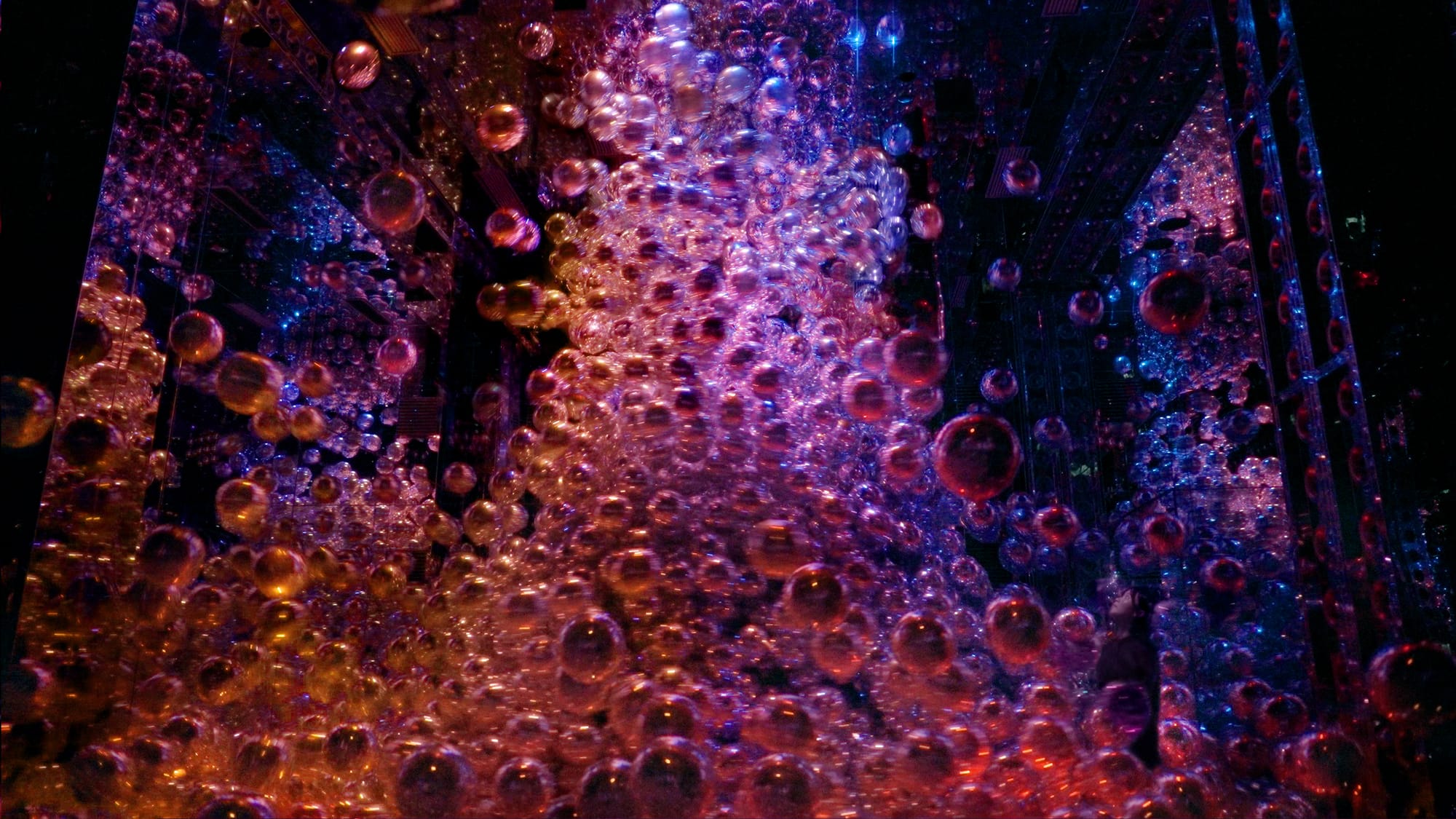
teamLab, Morphing Continuum, 2025-, Installation, Sound: Hideaki Takahashi © teamLab, courtesy Pace Gallery
Kyoto carries centuries of tradition, from its revered temples to its legendary gardens. How does that ancient energy infuse Biovortex and blend with teamLab’s digital realms?
I see Kyoto, with places like Tō-ji Temple and Katsura Imperial Villa, as a city defined by continuity—a place where new technologies and cultures have entered and merged with existing traditions, and then given rise to new cultural forms. Kyoto’s charm lies in its ongoing embrace of advanced technologies and its development through their incorporation. By opening our museum here, a city where history and culture flow in such a continuous manner, we hope to become a part of that continuum ourselves.
Ultimately, whether we truly achieve this will be judged not by us now, but by the future, perhaps ten years from now.
With Biovortex set to open next month, there’s a palpable sense of anticipation. What’s the mystery you’re most excited to unleash on Kyoto? And reflecting on Planets and Borderless, what key lesson from Tokyo will you carry into this new chapter?
If we’re to speak of “mystery,” it would probably be the visitors’ reactions and how this exhibition will be received in Kyoto, a city with such a profound continuity. In short, the mystery is the future itself.
Naturally, our exhibitions and works build upon the accumulated learnings and technologies from past projects. However, there isn’t a single “correct answer” within them. For now, especially before opening, our focus is simply on expressing what we believe in—what we feel in this moment—as a form of beauty.
